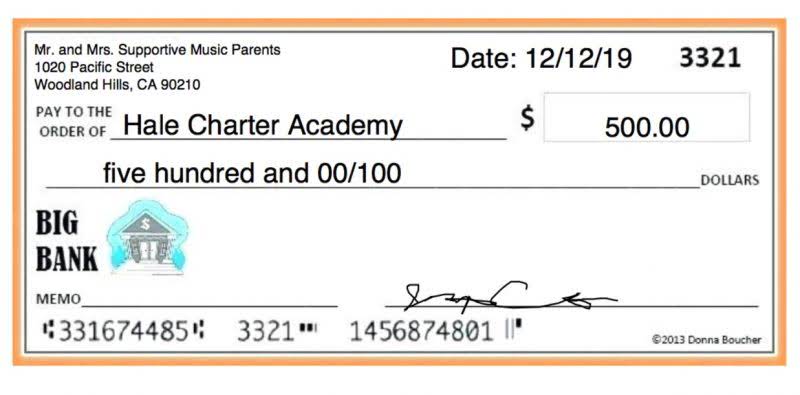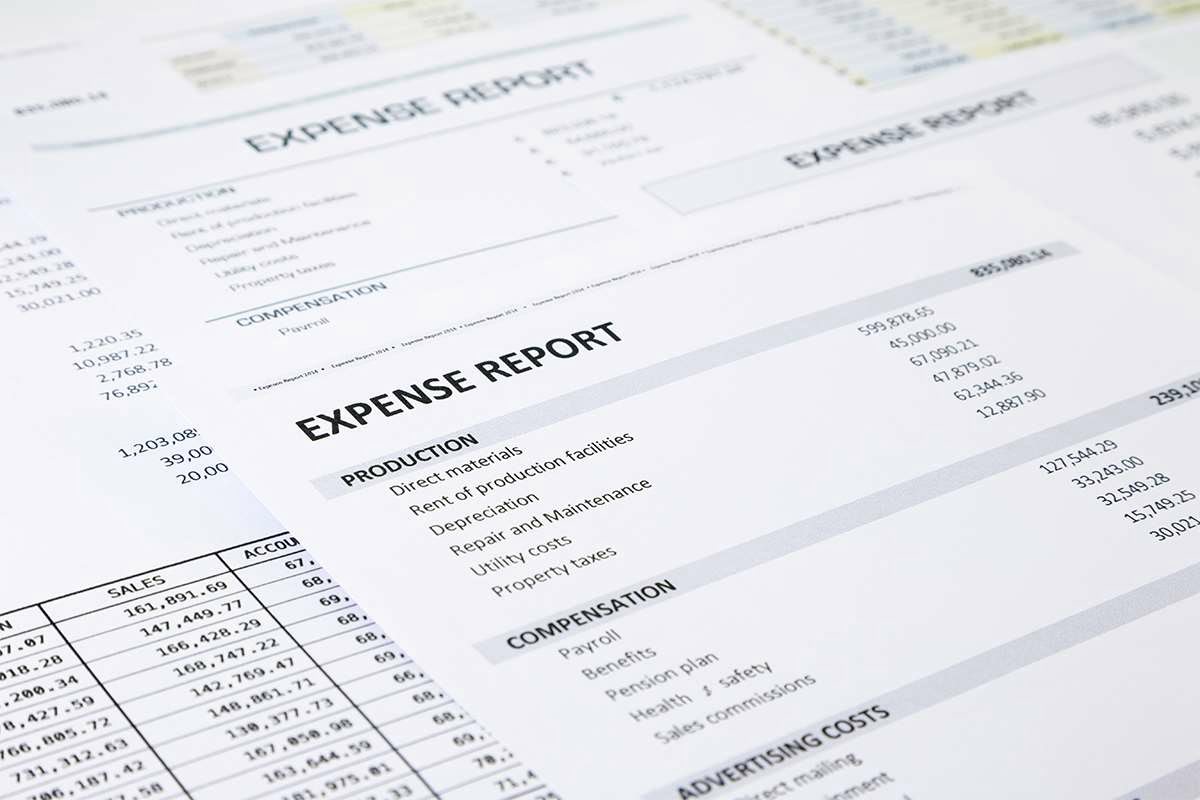
General ledger reconciliation provides a crucial checkpoint, ensuring your financial records are accurate and reliable. This guide will take you step-by-step through the process of general ledger reconciliation, explaining its importance and how it contributes to your business’s financial health. We’ll cover common reconcile general ledger examples, like reconciling inventory and fixed assets, and offer practical advice for overcoming common challenges.

How to Do an Expense Report for Your Business
A clear understanding of which accounts require regular reconciliation helps you prioritize your efforts and allocate resources effectively. For a more detailed explanation, explore our comprehensive guide to account reconciliation. Once you’ve general ledger reconciliation identified potential causes, develop a resolution strategy that addresses each one systematically. This could involve correcting errors in data entry or reconciling accounts with external sources. Consider implementing internal controls and process improvements to prevent similar discrepancies in the future. From establishing clear procedures to utilizing automation and accounting software, we’ll guide you through the steps to ensure your financial records are always in order.
- Teams report time savings of 70-90% on routine reconciliation tasks, allowing finance professionals to focus on value-added analysis instead of data entry.
- One of the key advantages of utilizing automation is its ability to perform tasks quickly and accurately.
- Inventory reconciliation involves comparing the quantities and values of inventory recorded in your general ledger with physical inventory counts and other inventory records.
- By implementing continuous improvement and process updates, you can ensure that your general ledger reconciliation remains accurate and reliable.
- Determine their root cause—whether it’s a simple data entry error, a timing difference, or potentially something more serious.
- Automating various aspects of the general ledger reconciliation process can translate into cost saving, not to mention greater data accuracy.
What exactly is general ledger reconciliation?
- A tool for federal agencies to send USSGL accounting issues to the USSGL staff.
- Finally, verification is conducted to confirm that the total debits match the total credits, indicating that the account is in balance.
- Managing this process efficiently is vital for maintaining accurate financial records, ensuring regulatory compliance, and supporting informed business decisions.
- Just as your business evolves, so too should your reconciliation procedures.
- The general ledger itself is the central hub of your financial data—a master record of all transactions for your business.
In accounting, the terms debit and credit differ from their https://justiceandequalityforall.com/nonprofit-gaap-guide-reporting-expenses-by-2/ commonplace meanings. Whether each adds to or subtracts from an account’s total depends on the type of account. For example, debiting an income account causes it to increase, while the same action on an expense account results in a decrease. Goods-receipt/invoice-receipt accounts can have either a credit or debit balance.

Cloud-Based Systems

In addition to correcting mistakes or omissions, adjusting journal entries records any unrecognized income or expenses for the period. Instead of editing incorrect entries, make a new adjusting journal entry in the GL to amend the retained earnings for the accounting period. Accurate records simplify and accelerate the audit process, reducing time and cost.

Accounts Payable
- Investing in training is an investment in the long-term success of your reconciliation efforts.
- One of the benefits of GL reconciliation is that it identifies areas for improvement in your processes.
- Implementing proper documentation practices involves consistently recording all financial activities in a standardized format.
- This could involve correcting errors in data entry or reconciling accounts with external sources.
- Cloud solutions also offer enhanced security and automatic backups, protecting your financial data and ensuring business continuity.
Mistakes are inevitable and even a single inaccuracy can mislead the entire financial statement. Incorrectly classified expenses and discrepancies can make closing the books a frustrating, and time-consuming experience. The Ledger Reconciliation process has been identified as a SAS 112 “Key Control” ensuring that UCI’s Financial Reports are accurate and complete.

- Download our data sheet to learn how to automate your reconciliations for increased accuracy, speed and control.
- This helps identify discrepancies like incorrect payments, missed payments, or disputes, ensuring you have a clear picture of your outstanding revenue.
- Income statements are considered temporary accounts closed at the end of the accounting year.
- For startups, especially those in hardware and procurement, adhering to these best practices in general ledger reconciliation is not just about compliance; it’s a strategic move.
It demonstrates that you’re committed to accurate reporting and Outsource Invoicing are actively monitoring and verifying the information recorded in your general ledger. As business scales and transaction volumes grow, it becomes essential to review and improve your reconciliation methods periodically. Putting off reconciliation allows small errors to compound into larger problems.
